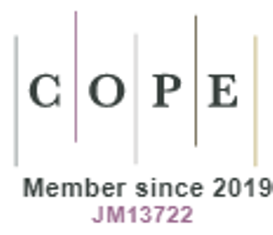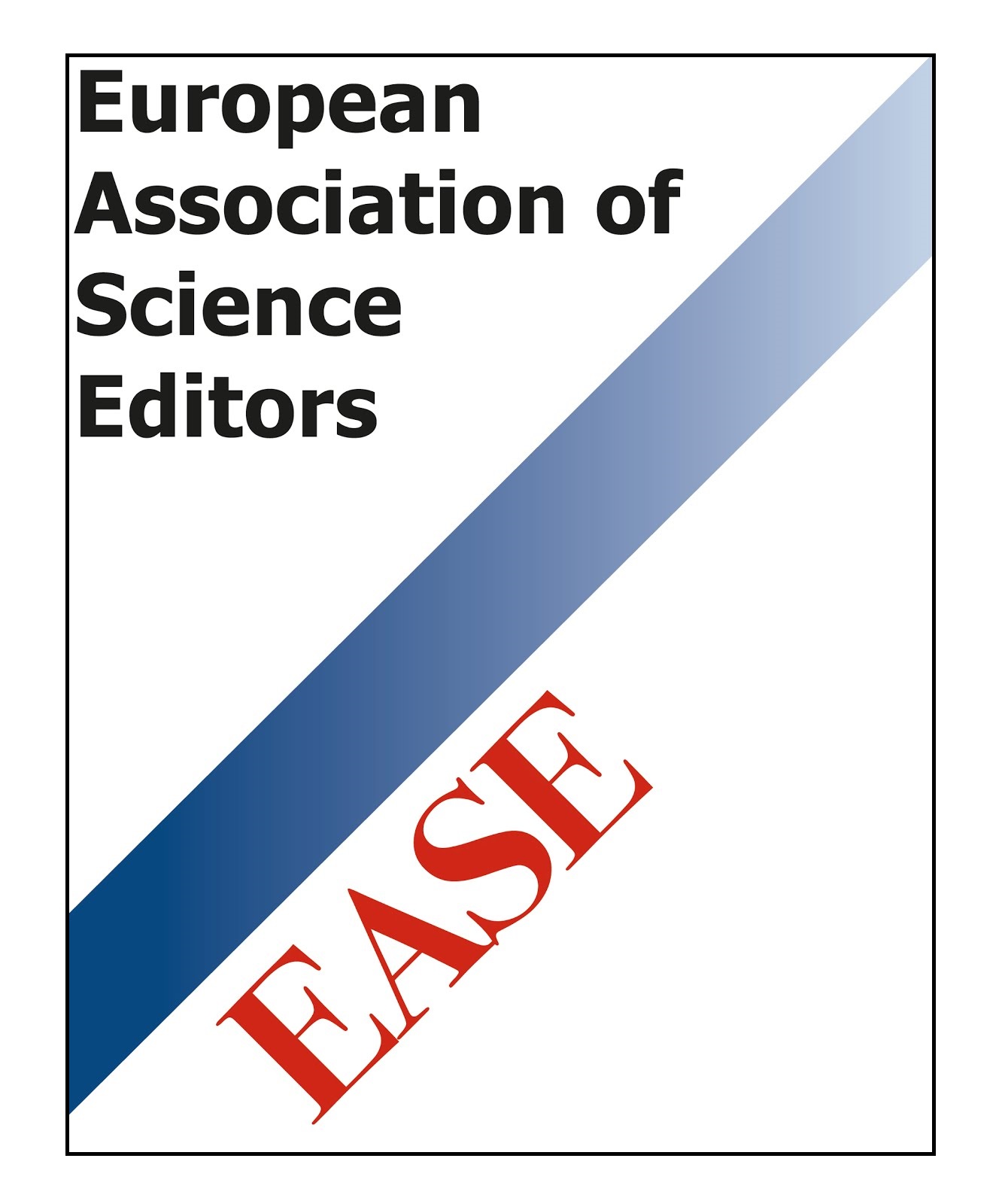Binary and Ternary Fragmentation Analysis of 252Cf Nucleus using Different Nuclear Radii
DOI:
https://doi.org/10.15415/jnp.2021.91010Keywords:
Ternary fission, Fragmentation potential, Spontaneous fissionAbstract
Pioneering study reveals that a radioactive nucleus may split into two or three fragments and the phenomena are known as binary fission and ternary fission respectively. In order to understand the nuclear stability and related structure aspects, it is of huge interest to explore the fragmentation behavior of a radioactive nucleus in binary and ternary decay modes. In view of this, Binary and ternary fission analysis of 252Cf nucleus is carried out using quantum mechanical fragmentation theory (QMFT). The nuclear potential and Coulomb potential are estimated using different versions of radius vector. The fragmentation structure is found to be independent to the choice of fragment radius for binary as well
as ternary decay paths. The deformation effect is included up to quadrupole (β2) with optimum cold orientations and their influence is explored within binary splitting mode. Moreover, the most probable fission channels explore the role of magic shell effects in binary and ternary fission modes.
Downloads
References
N. Sharma, A. Kaur and M. K. Sharma, Phys. Rev. C 102, 064603 (2020). https://doi.org/10.1103/PhysRevC.102.064603
G. Farwell, E. Segrè and C. Wiegand, Phys. Rev. 71, 327 (1947). https://doi.org/10.1103/PhysRev.71.327
A. V. Ramayya et al., Phys. Rev. Lett. 81, 947 (1998). https://doi.org/10.1103/PhysRevLett.81.947
K. Manimaran and M. Balasubramaniam, Phys. Rev. C 79, 024610 (2009). https://doi.org/10.1103/PhysRevC.79.024610
K. R. Vijayraghvan, M. Balasubramaniam and W. von Oertzen, Phys. Rev. C 91, 044616 (2015). https://doi.org/10.1103/PhysRevC.91.044616
V. I. Zagrebaev, A .V. Karpov and Walter Griener, Phys. Rev. C 81, 044608 (2010). https://doi.org/10.1103/PhysRevC.81.044608
R. B. Tashkodjaev et al., Phys. Rev. C 91, 054612 (2015). https://doi.org/10.1103/PhysRevC.91.054612
K. Manimaran and M. Balasubramaniam, Phys. Rev C 83, 034609 (2011). https://doi.org/10.1103/PhysRevC.83.034609
A. V. Ramayya et al., Phys. Rev. C 57, 2370 (1998). https://doi.org/10.1103/PhysRevC.57.2370
Y. V. Pyaktov et al., Eur. Phys. J. A 45, 29 (2010). https://doi.org/10.1140/epja/i2010-10988-8
J. Maruhn and W. Greiner, Phys. Rev. Lett. 32, 548 (1974). https://doi.org/10.1103/PhysRevLett.32.548
R. K. Gupta, W. Scheid and W. Greiner, Phys. Rev. Lett. 35, 353 (1975). https://doi.org/10.1103/PhysRevLett.35.353
G. Audi and A. H. Wapstra, Nucl. Phys. A 595, 409 (1995). https://doi.org/10.1016/0375-9474(95)00445-9
P. Moller, J. R. Nix,W. D. Myers and W. J. Swiatecki, At. Nucl. Data Tables 59, 185 (1995). https://doi.org/10.1006/adnd.1995.1002
J. Blocki, J. Randrup, W. J. Swiatecki and C. F. Tsang, Annals of Physics 105, 427 (1977). https://doi.org/10.1016/0003-4916(77)90249-4
W. Reisdorf, J. Phys. G.: Nucl. Part. Phys. 20, 1297 (1994). https://doi.org/10.1088/0954-3899/20/9/004
W. D. Myers and W. J. Swiatecko Phys. Rev. C 62, 044610 (2000). https://doi.org/10.1103/PhysRevC.62.044610
A. Winther, Nucl. Phys. A 594, 203 (1995). https://doi.org/10.1016/0375-9474(95)00374-A
R. K. Gupta et al., J. Phys. G. 31, 631 (2005). https://doi.org/10.1088/0954-3899/31/7/009
R. Kumar, Phys. Rev. C 86, 044612 (2012). https://doi.org/10.1103/PhysRevC.86.044612
Downloads
Published
How to Cite
Issue
Section
License
Copyright (c) 2021 Nitin Sharma, Manoj K. Sharma

This work is licensed under a Creative Commons Attribution 4.0 International License.
View Legal Code of the above-mentioned license, https://creativecommons.org/licenses/by/4.0/legalcode
View Licence Deed here https://creativecommons.org/licenses/by/4.0/
| Journal of Nuclear Physics, Material Sciences, Radiation and Applications by Chitkara University Publications is licensed under a Creative Commons Attribution 4.0 International License. Based on a work at https://jnp.chitkara.edu.in/ |














